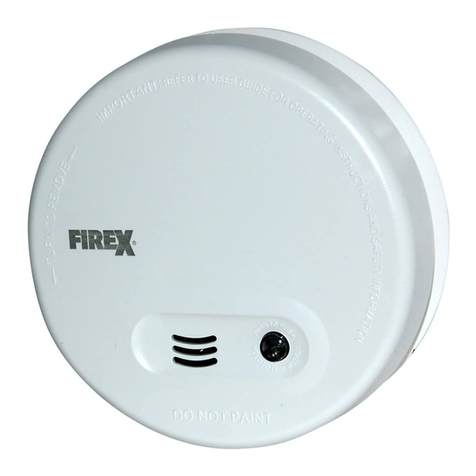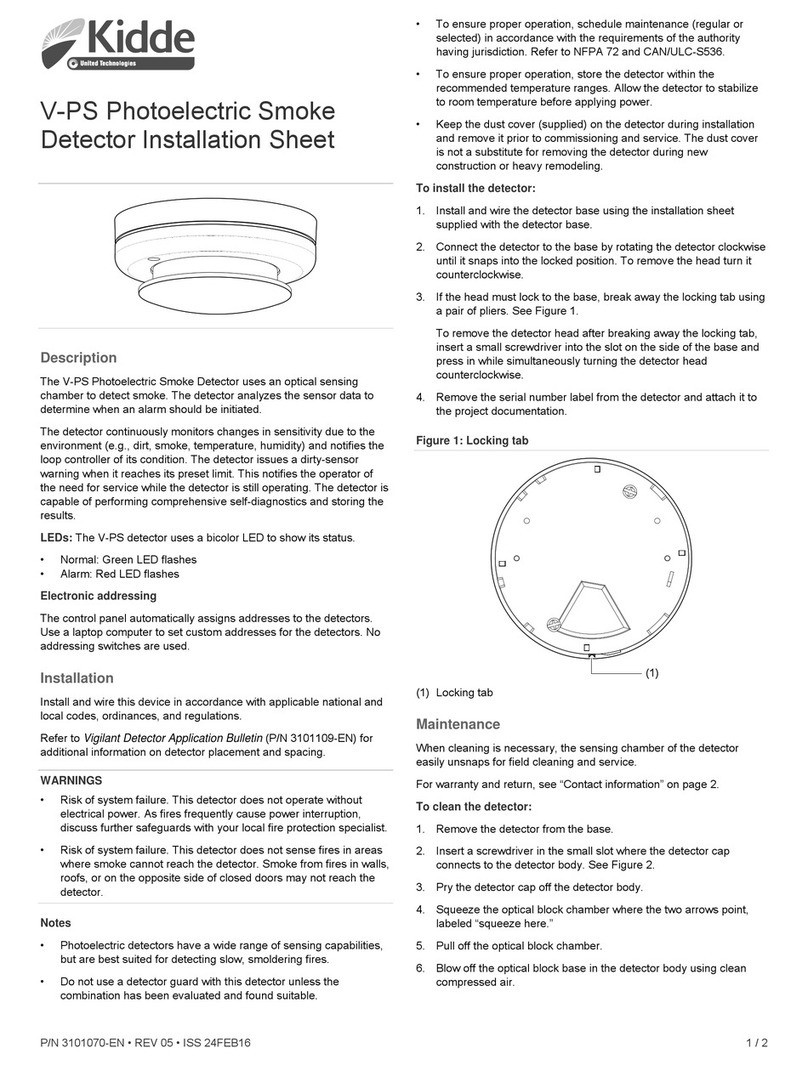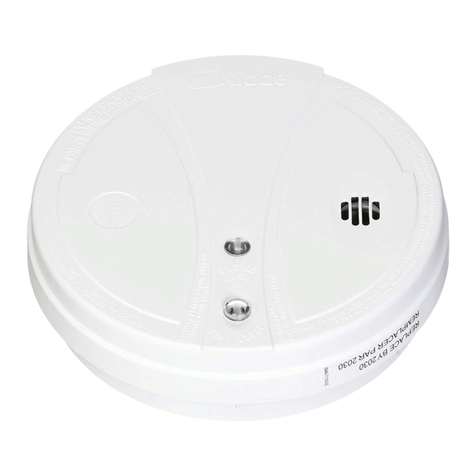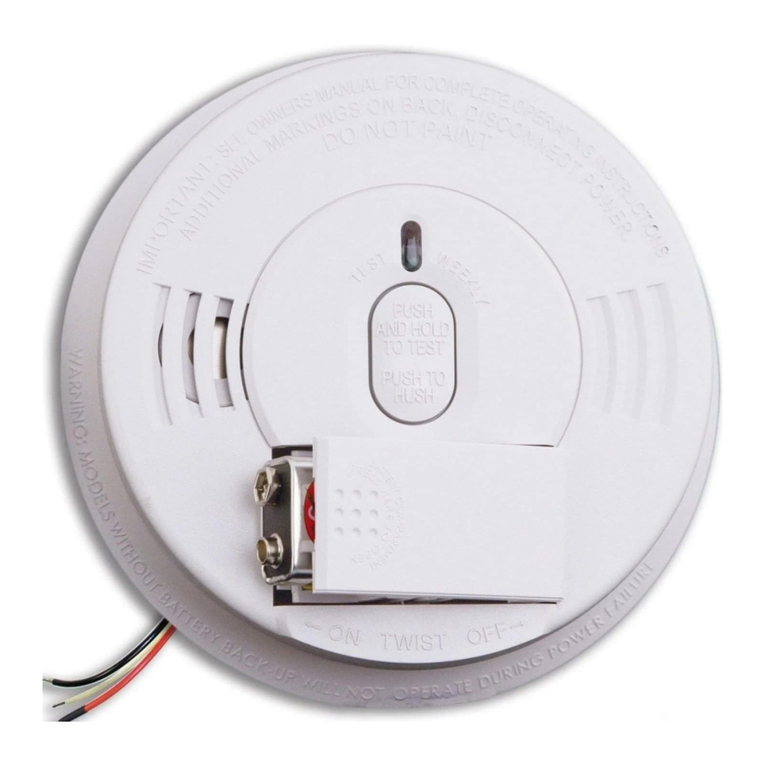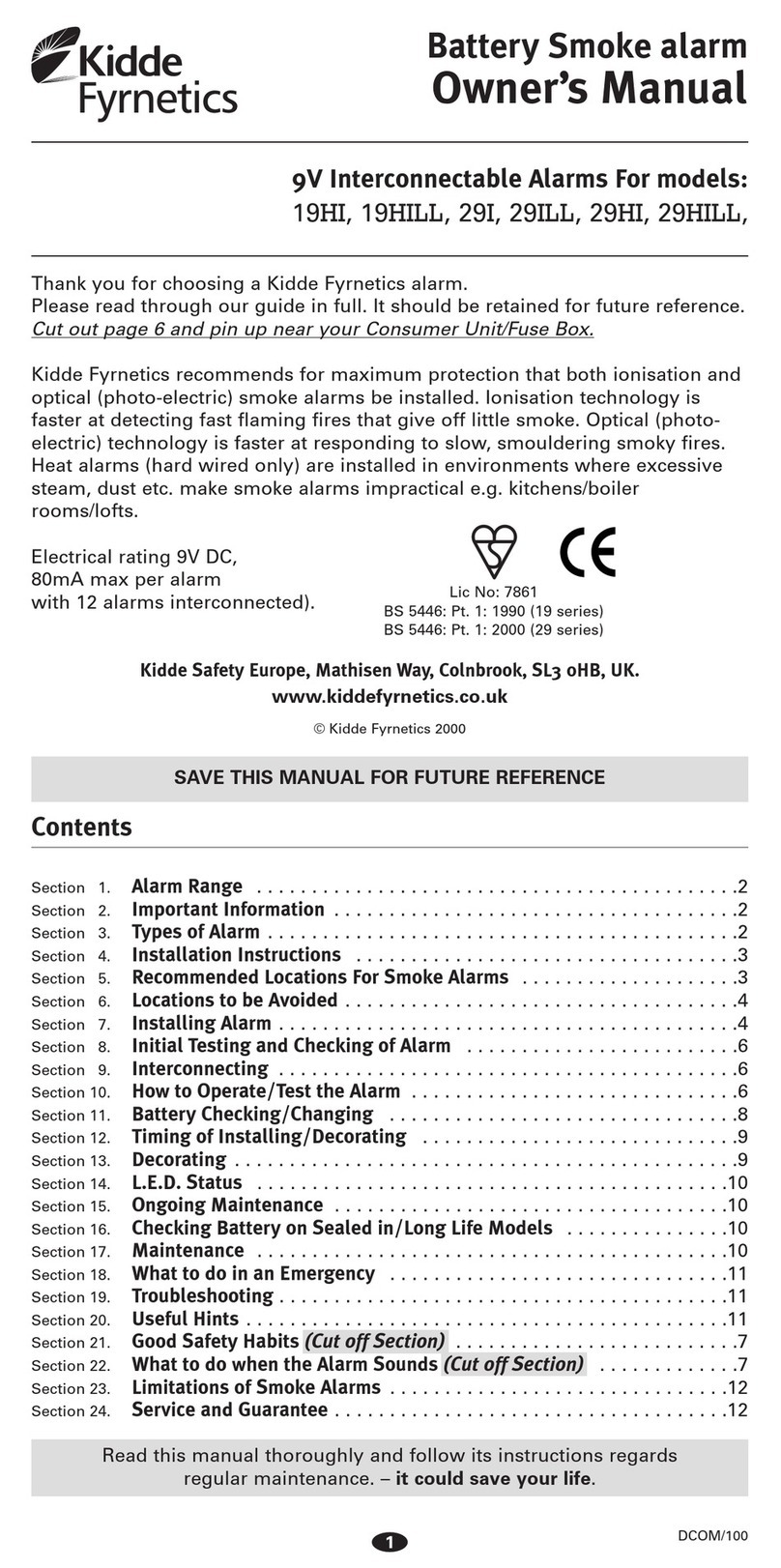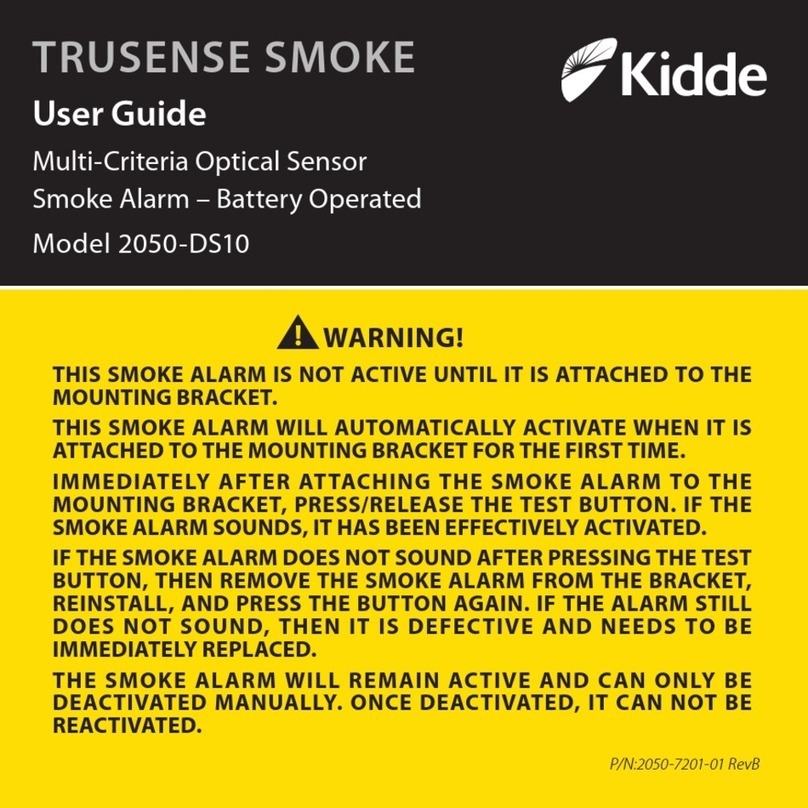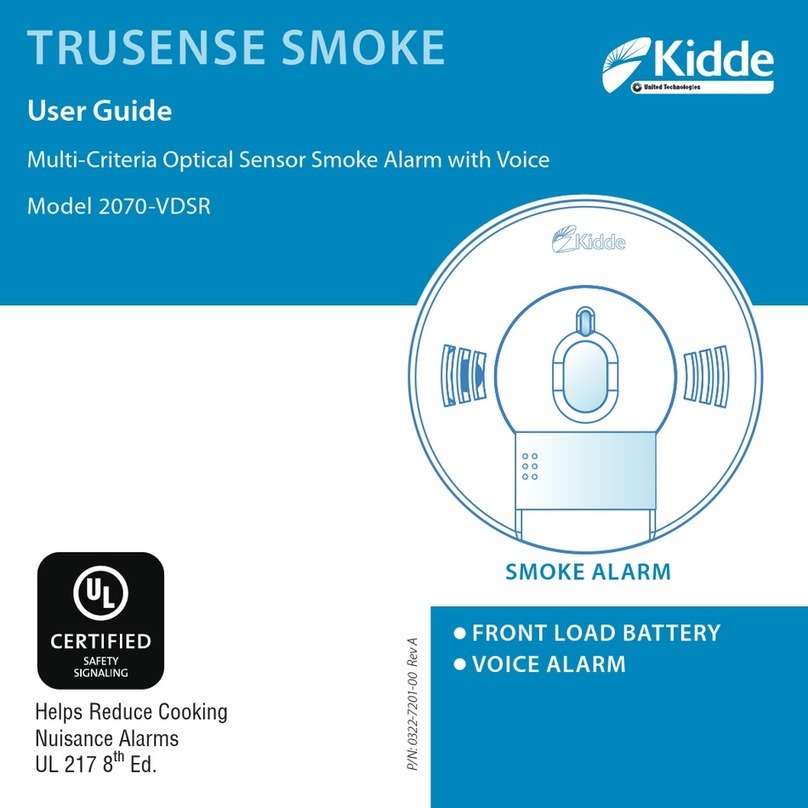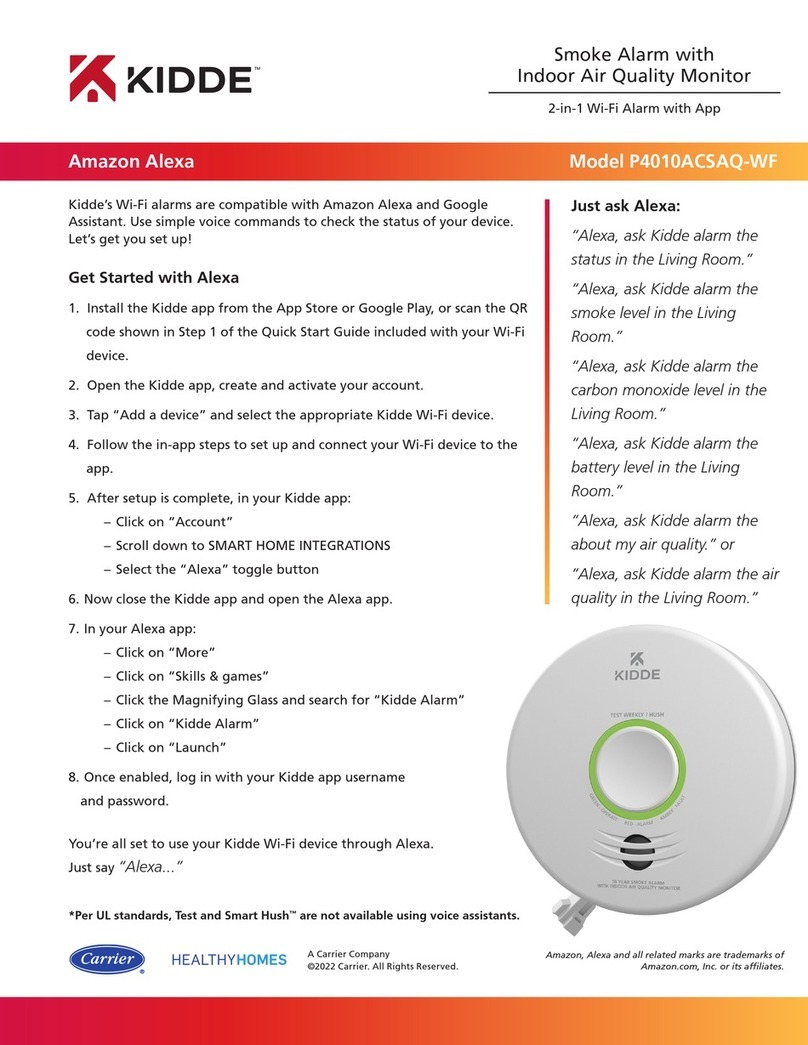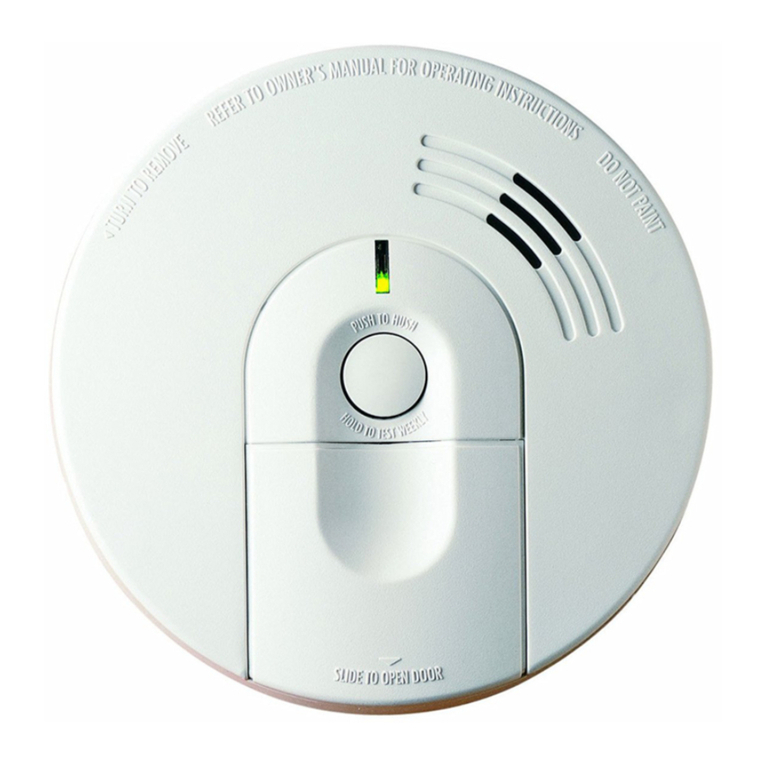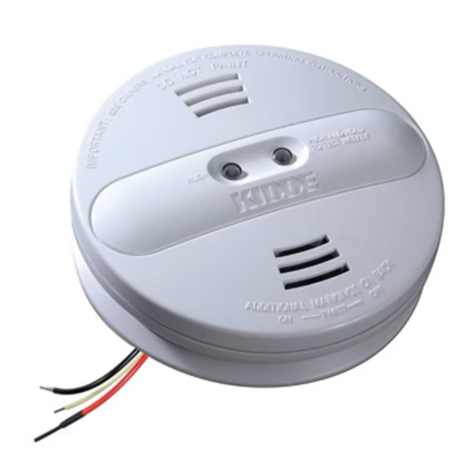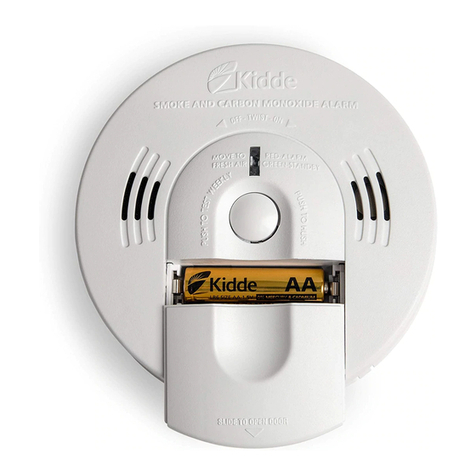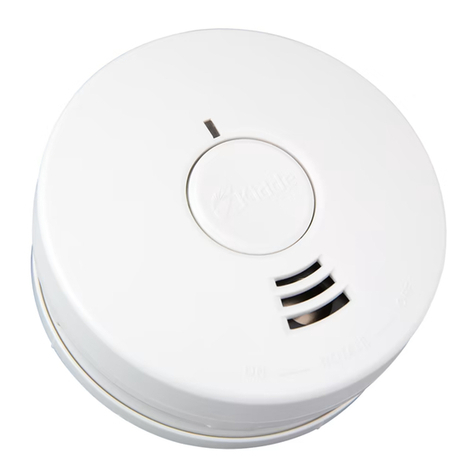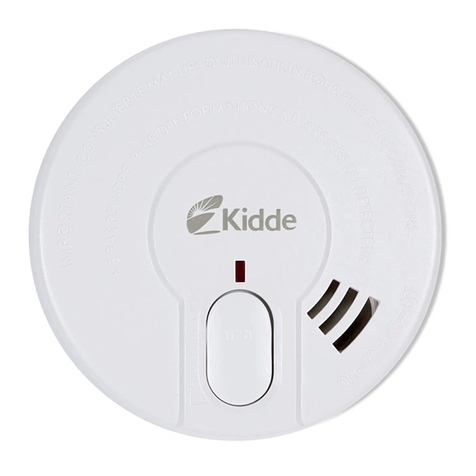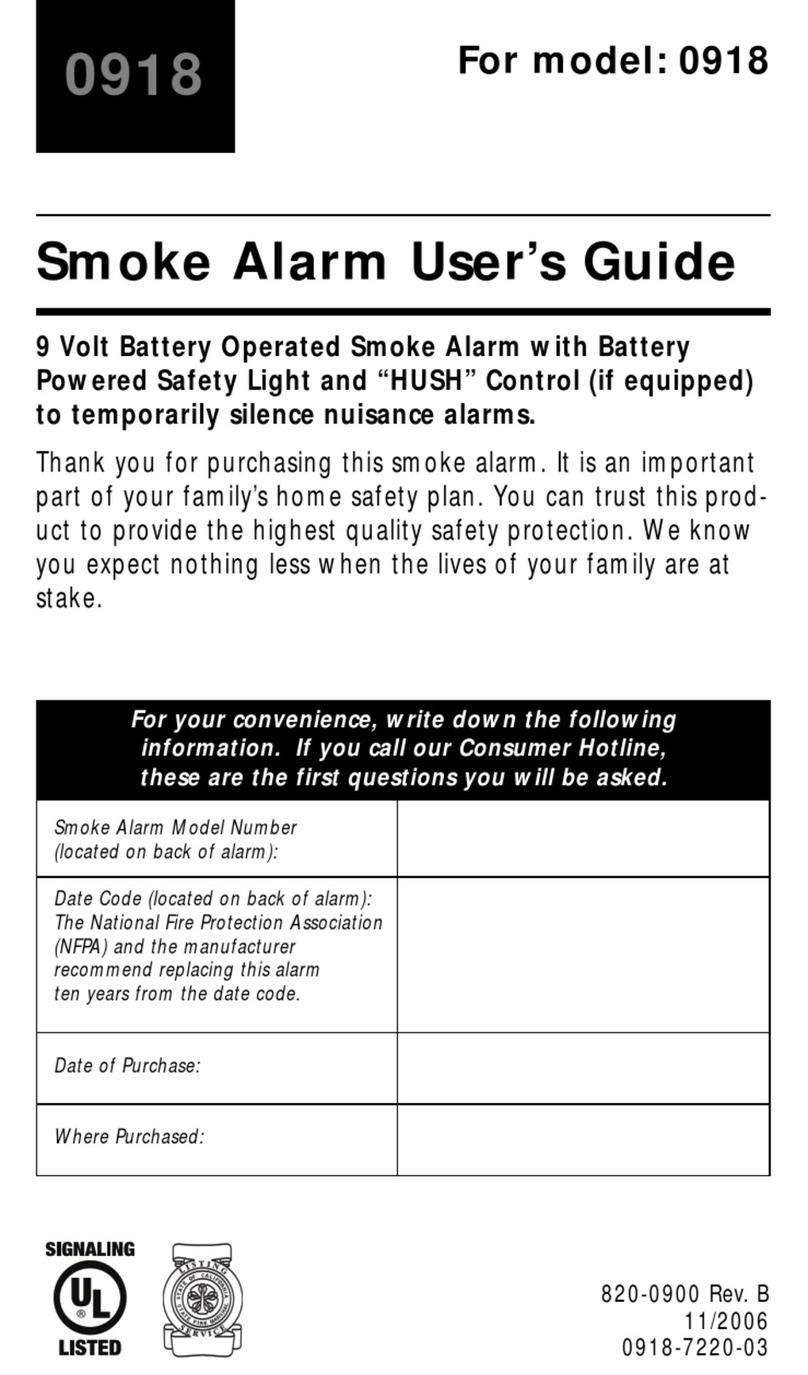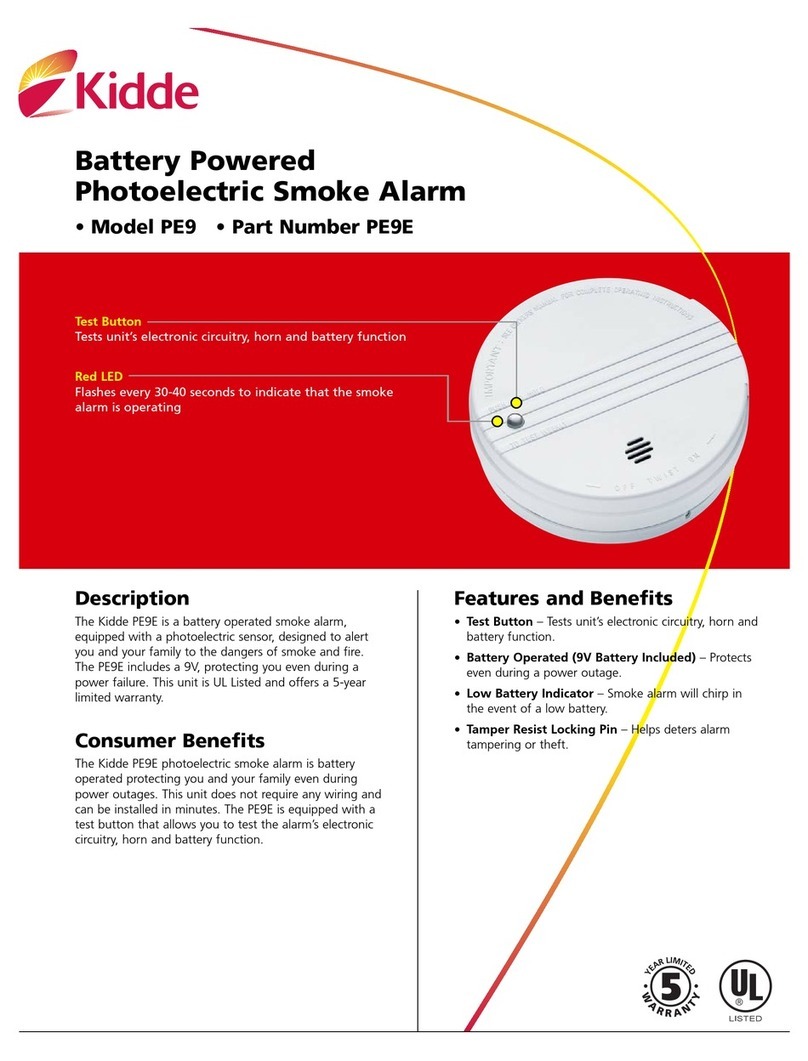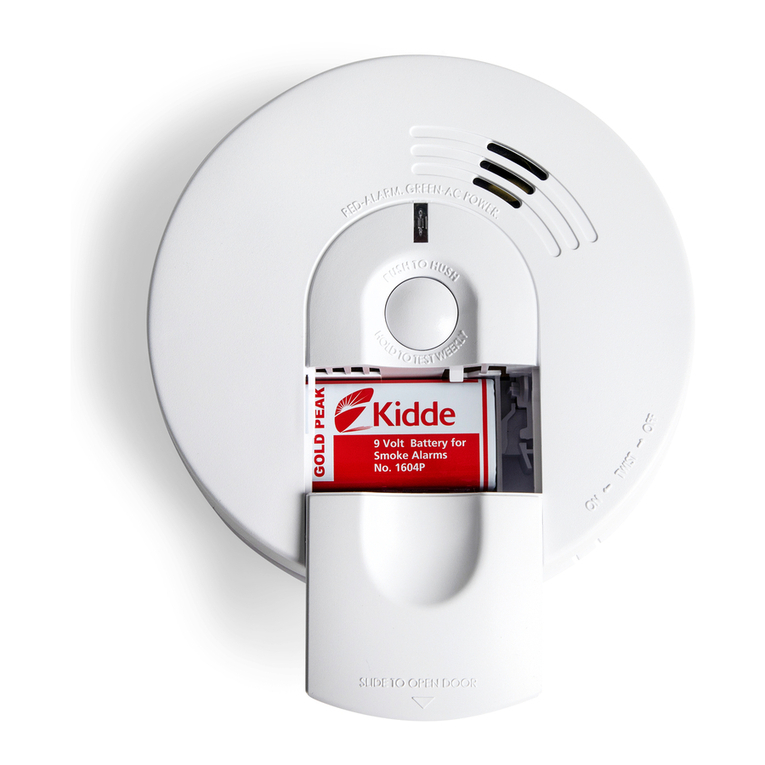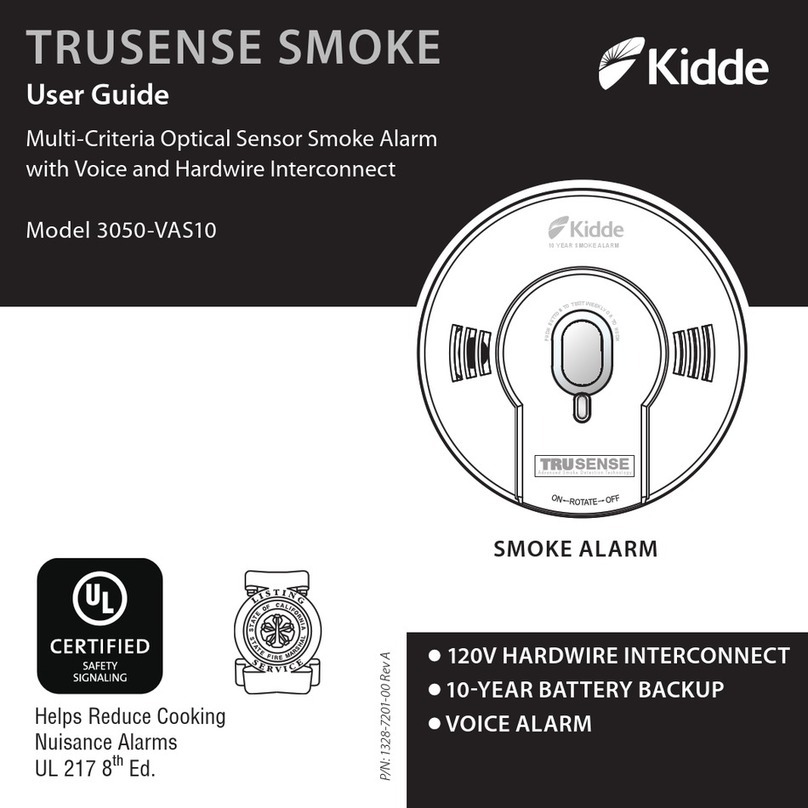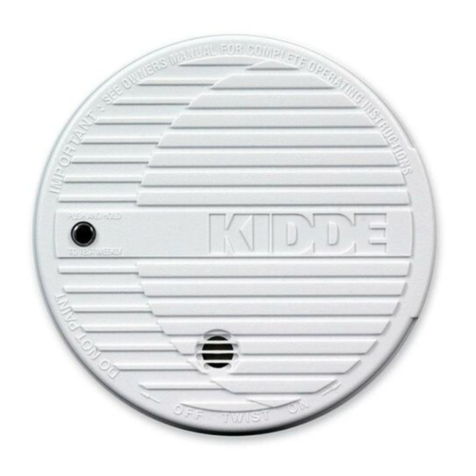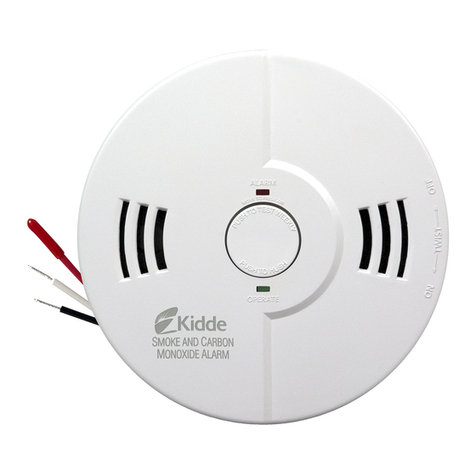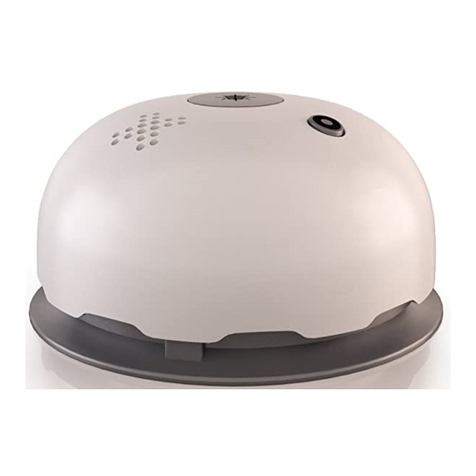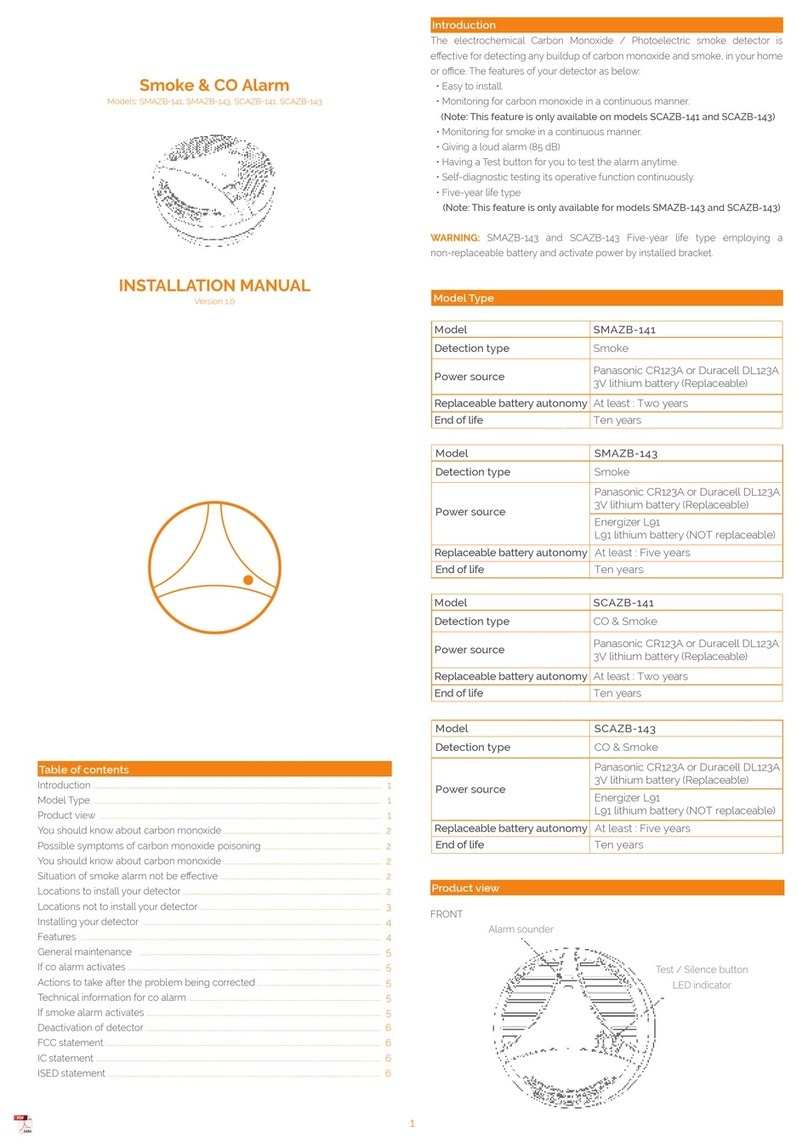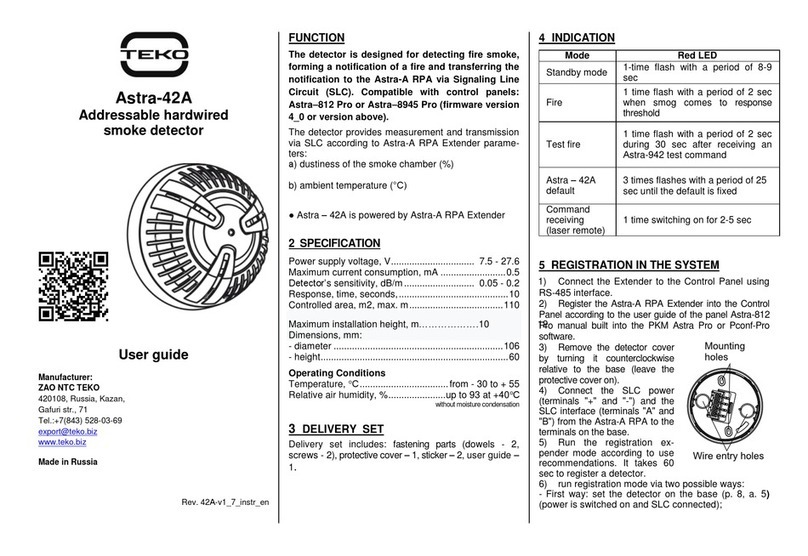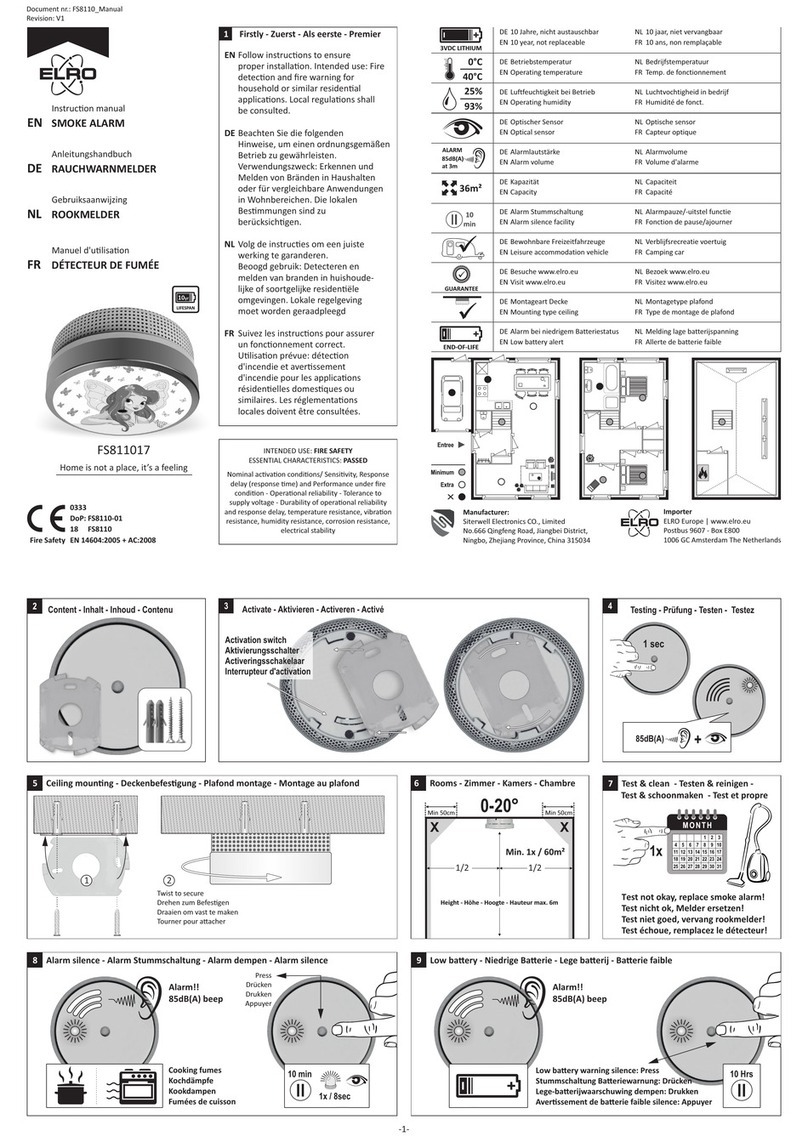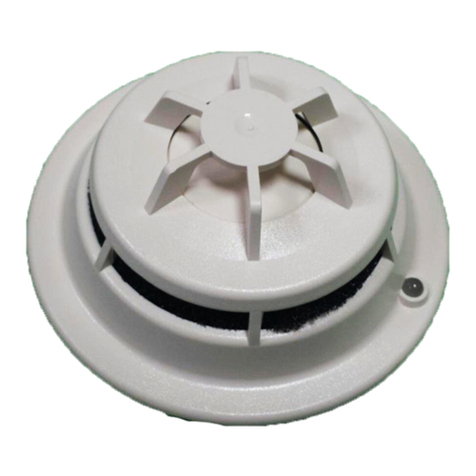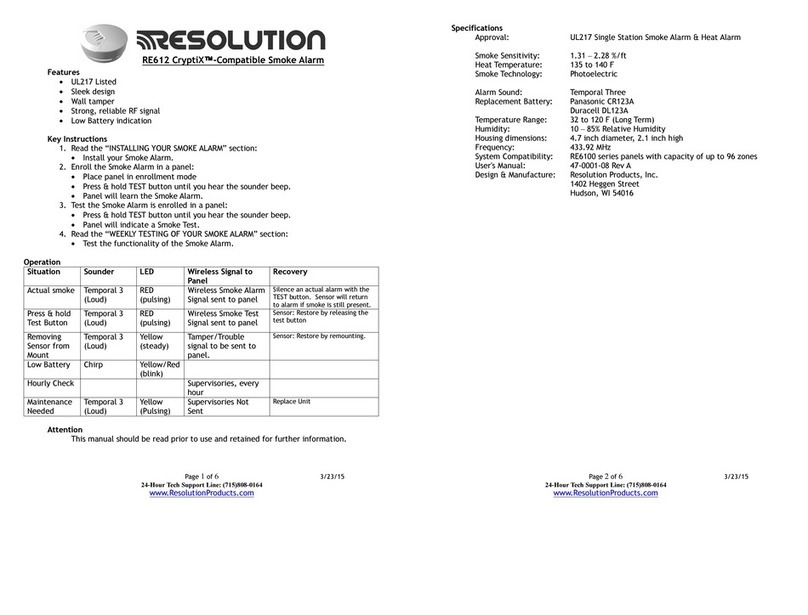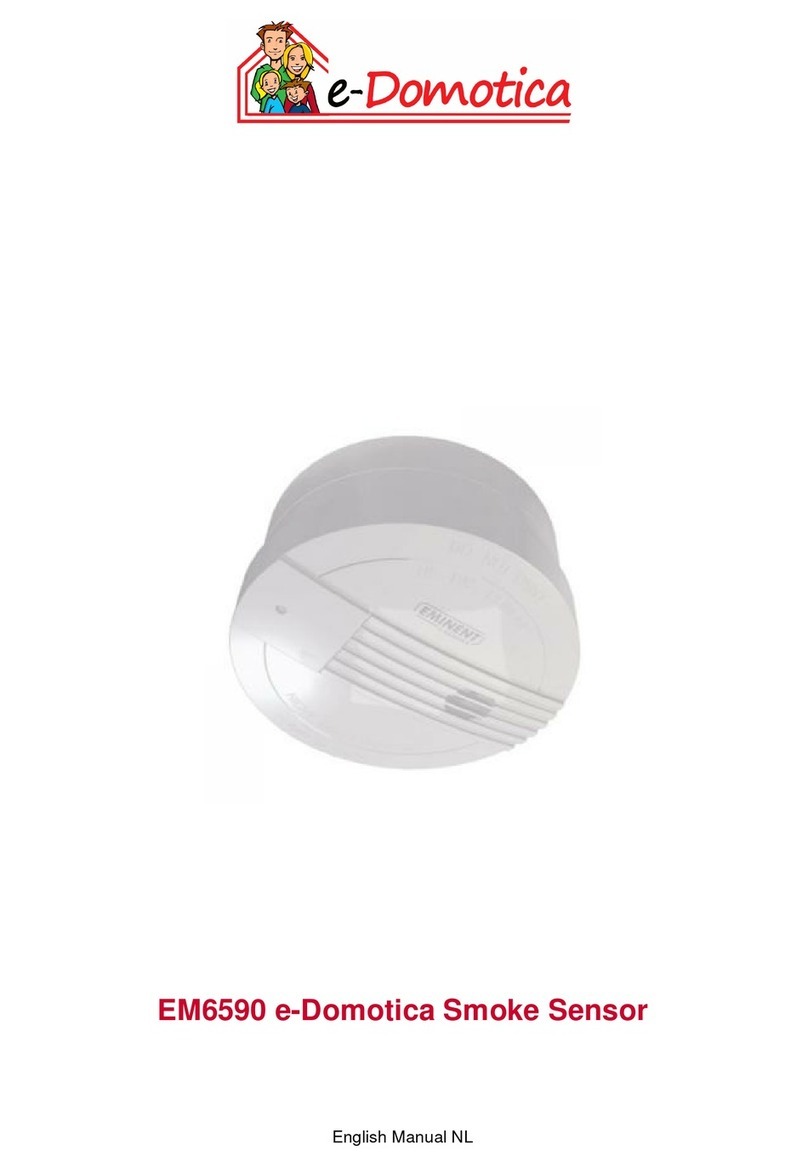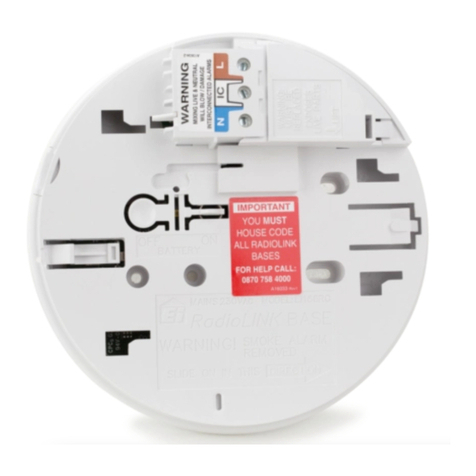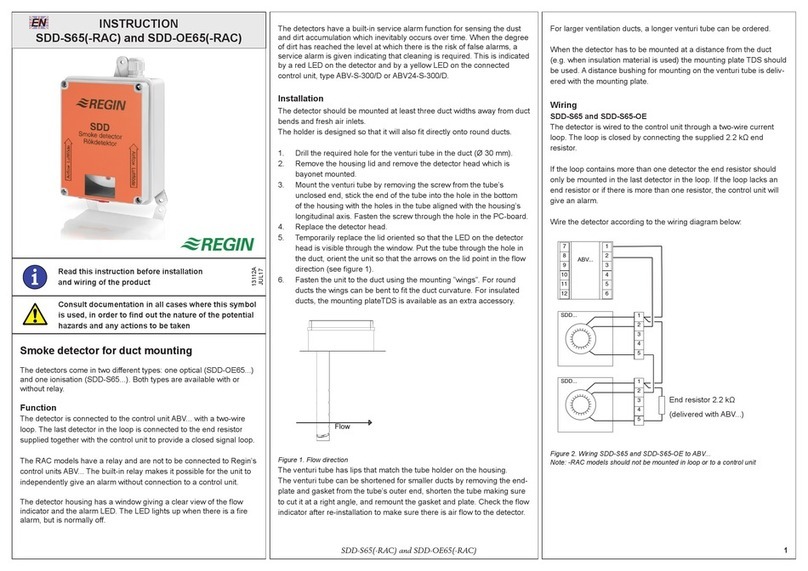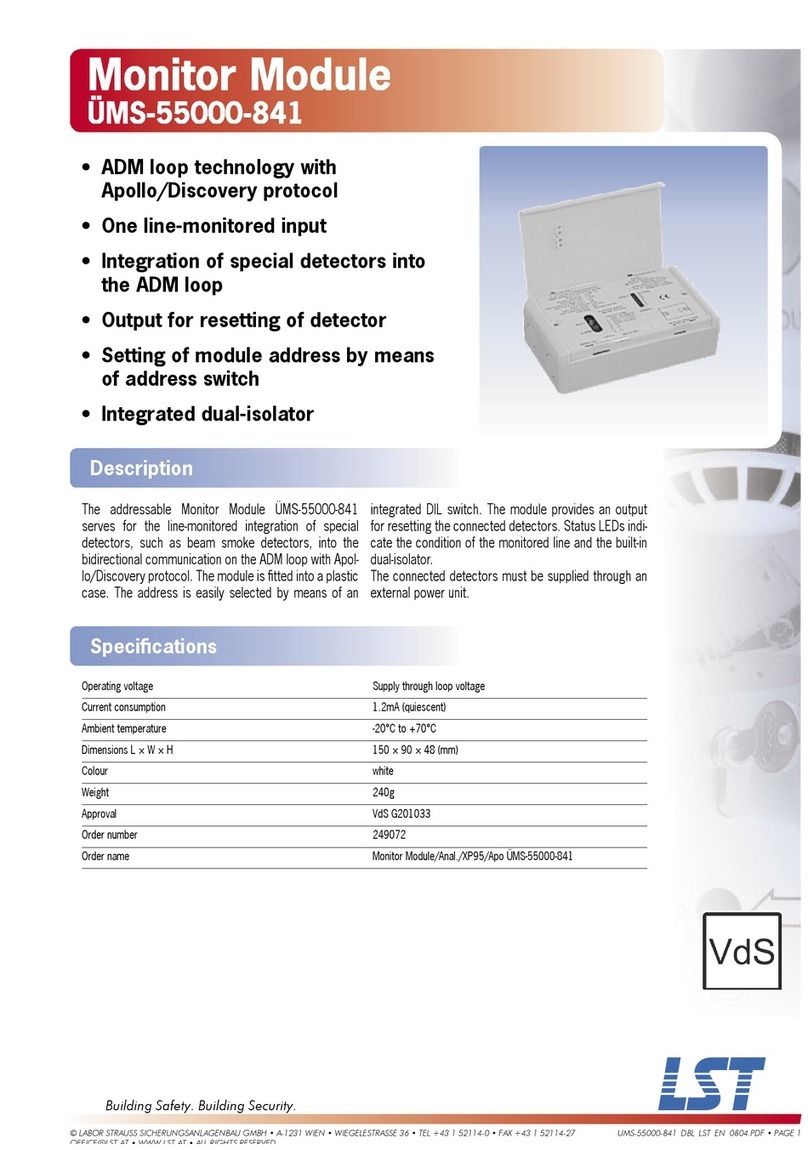
Page 8
Stratos-Micra • INSTALLER’S HANDBOOK • Iss. 16
3.1 Time and date – Time and Date tab
It is important that the time and date be set up correctly on the controller’s internal
calendar/clock because it uses this information to store events in the event log. See
section 8, “Event log” for more details. Unless specially ordered, units are supplied with
the correct setting for UK time. This is backed up with a rechargeable battery. Later
adjustments to the clock setting should not exceed ± 70 minutes unless a FastLearn is
initiated
3.2 Alarm levels - Alarm levels and delays tab, Level subgroup
The value set in the Fire, Pre-Alarm and Aux functions in the Level subgroup is
the relatively scaled bargraph level at which the appropriate alarm is initiated on the
detector. The Fire 2 level assigns an absolutely scaled alarm level in % obs/m.
The Aux level is set by factory default at level 10 which means that this alarm will occur
after the Fire alarm. The default level settings for Pre-Alarm and Fire 1 are 6 and 8
respectively. The default setting for Fire 2 is 20% obs/m.
3.3 Alarm delays - Alarm levels and delays tab, Delay subgroup
The alarm delay is the number of seconds that an alarm level has to be continuously
sensed before the alarm is initiated. Each alarm level has a programmable delay of
between 0 and 90 seconds. The default delay for each alarm level is 5 seconds.
3.4 ClassiFire®override - Alarm levels and delays tab
Note: This function is only available via the optional Input/Relay Card. This board is fitted
in the same manner as an APIC card (see section 7.3). Only a single expansion port is avail-
able, so an APIC card cannot be fitted at the same time as an Input/Relay card.
This function is used to temporarily decrease the sensitivity of the detector by a known
amount to prevent nuisance alarms generated by planned events, e.g., opening fur-
nace doors or incense burning during church services.
When this function is set to a value other than zero, the shorting together of the "I/P
3" contacts on the Input/Relay Card by means of volt free contacts will desensitise
the detector by moving the alarm levels out by the specified percentage: e.g., if the
ClassiFire Override level is set to 15 and the normal Fire 1 alarm is at 20%, closing the
contacts will change the Fire 1 threshold to 35%.
NB, unlike other remote functions employing the Input/Relay card, a choice of
input terminals is not available. This function is dedicated to the “I/P 3” termi-
nals.
3.5 Alarm factor - Alarm levels and delays tab
The detector sensitivity is set with this entry, which will also affect the probability of
nuisance alarms. 0 = high sensitivity, higher probability, 8 = low sensitivity, lower prob-
ability. The default alarm factor is 4.
Note: The highest sensitivity setting is suitable for clean, environmentally controlled envi-
ronments, e.g. semiconductor manufacturing clean rooms where airborne pollutants are
kept to an absolute minimum and the least contamination is cause for alarm.
Use of this setting in a busy machine shop would lead to relatively frequent nuisance alarms
due to the normal variation of atmospheric contamination and a lower sensitivity setting is
recommended. It is therefore important that the alarm factor chosen is suitable for the
area to be protected. When the appropriate alarm factor for the protected area has been
set, nuisance alarms will be reduced to an absolute minimum.
www.acornfiresecurity.com
www.acornfiresecurity.com
